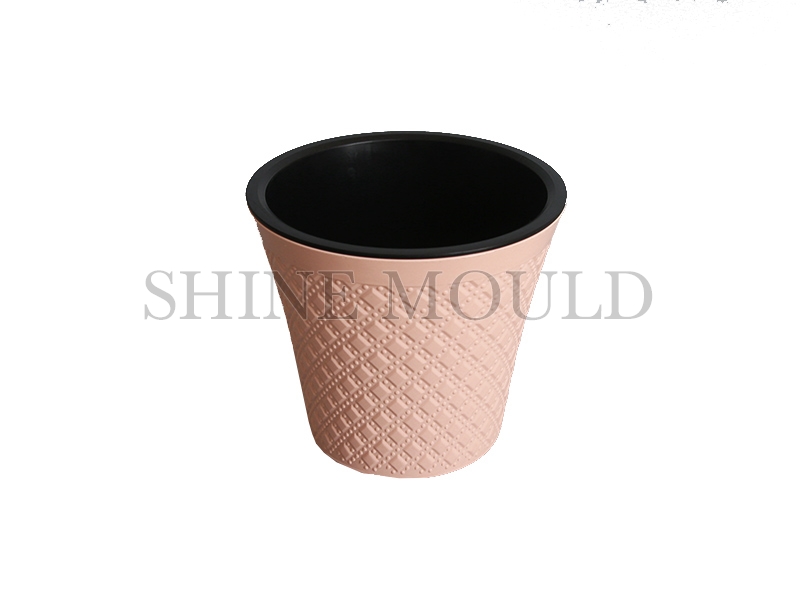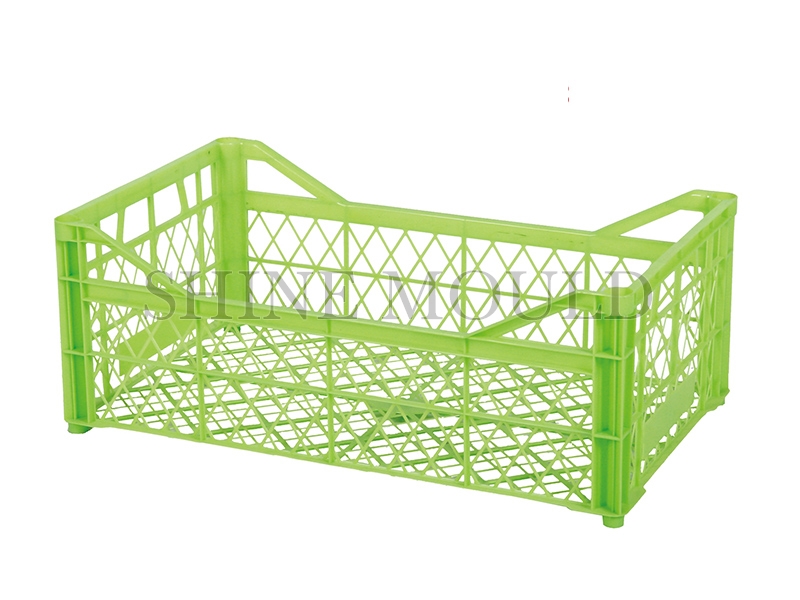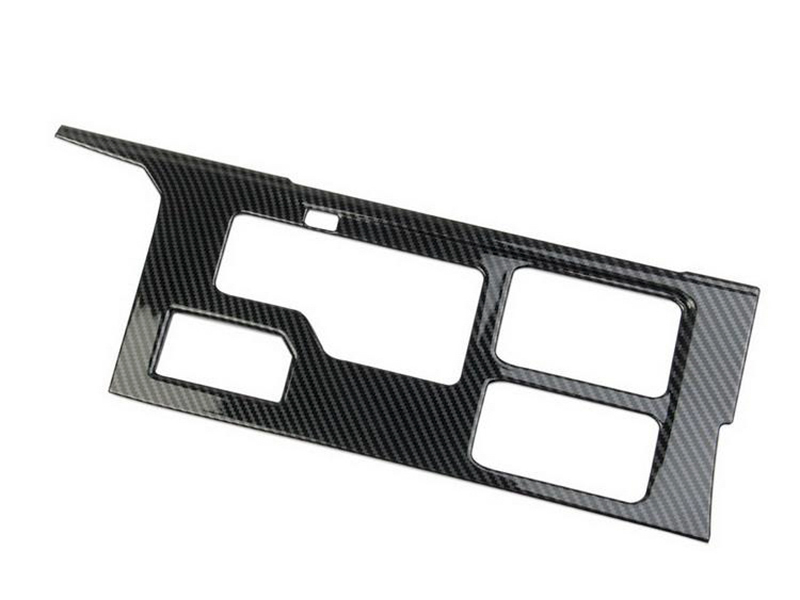Problems in mold design
In many industrial products, the requirements for the size and shape of the products are relatively high. Therefore, plastic mold designers are required to use plastics for reasonable mold design to improve the production efficiency of industrial products. However, in the process of designing corresponding molds by plastic mold designers, there are often some problems, such as different tolerances of plastic molds, different shrinkage rates, and different cooling degrees, which seriously affect the efficiency of plastic mold design.
First, the tolerances are marked differently. For different products, different proportions of plastic molds are required. If the tolerance is low, the precision of the plastic mold is not high. If the tolerance is high, the processing technology of the plastic mold is relatively complicated. Therefore, in the process of designing the plastic mold, the first consideration is the Plastic mold tolerance labeling problem.
Second, the shrinkage rate varies. In the process of making a plastic mold, it is necessary to melt the plastic into a liquid under high temperature or high pressure and inject it into the corresponding mold cavity. In the process of liquid plastic setting, affected by the characteristics of the plastic itself, the size of the plastic mold will be slightly smaller than the mold cavity, which is called shrinkage.
Third, the coefficient of thermal expansion varies. Different plastic materials have different thermal expansion coefficients, which directly affect the shape and size of the plastic after cooling. Therefore, when designing the plastic mold, the designer must also take the thermal expansion coefficient into account, and appropriately adjust the design size of the plastic mold according to the actual situation. However, some designers did not strictly follow the design process and ignored the utilization of thermal expansion coefficient, resulting in a certain difference between the cooled plastic mold and the actually demanded plastic mold, which in turn affected the design efficiency of the plastic mold.




 Search...
Search... English
English






.jpg)
